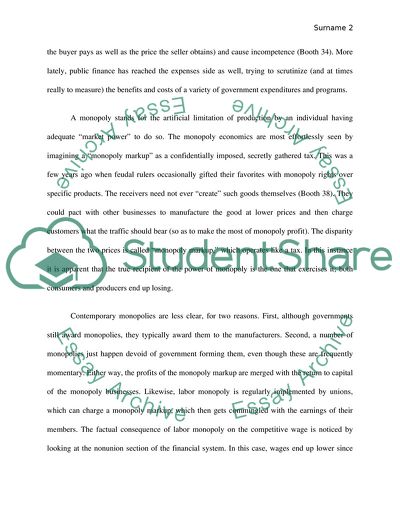Cite this document
(Labor unions Essay Example | Topics and Well Written Essays - 1500 words, n.d.)
Labor unions Essay Example | Topics and Well Written Essays - 1500 words. https://studentshare.org/macro-microeconomics/1876564-labor-unions
Labor unions Essay Example | Topics and Well Written Essays - 1500 words. https://studentshare.org/macro-microeconomics/1876564-labor-unions
(Labor Unions Essay Example | Topics and Well Written Essays - 1500 Words)
Labor Unions Essay Example | Topics and Well Written Essays - 1500 Words. https://studentshare.org/macro-microeconomics/1876564-labor-unions.
Labor Unions Essay Example | Topics and Well Written Essays - 1500 Words. https://studentshare.org/macro-microeconomics/1876564-labor-unions.
“Labor Unions Essay Example | Topics and Well Written Essays - 1500 Words”. https://studentshare.org/macro-microeconomics/1876564-labor-unions.


